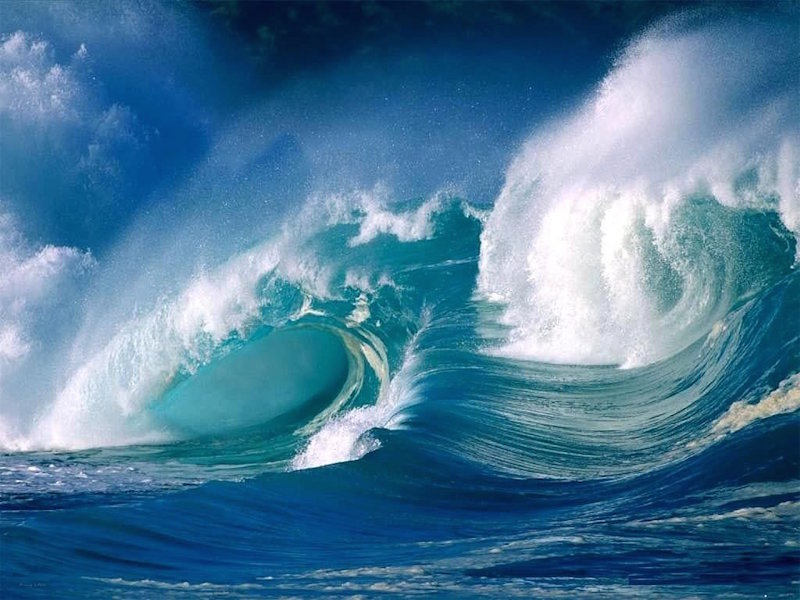Select a Bonus Cause
- Click to stop Animal Testing Animal Testing
- Click for Big Cats Big Cats
- Click to prevent Breast Cancer Breast Cancer
- Click for Children Children
- Click to stop Climate Change Climate Change
- Click to stop Dog Fighting Dog Fighting
- Click to end Hunger Hunger
- Click to stop the Ivory Trade Ivory Trade
- Click for Oceans Oceans
- Click for Primates Primates
- Click for Rainforests Rainforests
- Click for Reefs Reef
- Click for Sea Turtles Sea Turtles
- Click to stop Trapping Trapping
- Click for Veterans Veterans
- Click to stop Violence Violence
- Click to Stop Water Pollution Water Pollution
- Click for Whales and Dolphins Whales and Dolphins
- Click for Wolves Wolves
- Click to stop the Yulin Festival Yulin Dog Festival
Oceans

5 Gyres Institute
Most of the things we buy use disposable plastic: packaging, cosmetics, straws-even fishing nets. Many plastics are designed to be used only once, leading to our landfills and beaches being awash in these single-use plastic. We currently recover only 5-10% of the plastics we produce. 50% are buried in landfills and some are remade into durable goods, but much of it washes out to sea.
Our ocean is a network of currents that circulate water around the world called gyres. These five massive, slow rotating whirlpools accumulate plastic, and because petroleum plastics are designed to last, the plastic trash will remain in the ocean for decades or longer. In the ocean, sunlight and waves cause floating plastics to break into increasingly smaller particles, but they never completely disappear or biodegrade. Plastic particles act as sponges for waterborne contaminants such as pesticides. A single plastic microbead can be 1 million times more toxic than the water around it.
THE TRUTH ABOUT RECYCLING
THINK YOU ARE DOING YOUR PART BY RECYCLING?
Think again: Much of the plastic dropped in recycling bins is not even recycled. In 2014, 22% of PET plastic collected for recycling was exported out of the United States. Why? Our facilities can not keep up: Plastic production surged from 15 million tons in 1964 to 311 tons in 2014, an increase of more than 2,000 percent.
Also, as oil prices fluctuate, so too does the price of plastic. When those markets are depressed, virgin plastic becomes far cheaper to buy than recycled. In addition, many plastic products degrade each time they are processed, unlike metal or glass, which can be perpetually recycled, making them progressively less valuable.
Without a profitable market in which to sell it, it is not cost effective for many recycling companies to process plastic, so they sell it to other countries at a loss. In 2011, China imported nearly half of Americas plastic waste.
In countries like India, waste pickers sort through the trash to find the pieces that are most valuable thicker plastics and metals. The remainder becomes landfilled or incinerated, creating a health crisis for communities. Local waterways act like conveyor belts, sending plastic straight out to sea.
8 MILLION METRIC TONS OF PLASTIC ENTER THE OCEAN EACH YEAR.
Where does it all go? Most plastic are made from petroleum and built to last, some for thousands of years. In the ocean, sun and waves break down most plastics into small microparticles, which never truly biodegrade. The result? 5 Gyres led research that found there is an estimated 5.25 trillion particles of plastic smog weighing in at 270,000 tons in our oceans worldwide.
Once in the water, microplastics attract persistent organic pollutants like flame retardants and other industrial chemicals linked to human health problems, even cancer. They can be one million times more toxic than the water around them. These pollutants can work their way up the food chain and onto our plates.
Is compostable plastic the answer? Not exactly. Yes, it is made from non-petroleum sources. But you need a large composting facility to break down soy, bagasse (made from sugar) and PLA (made from corn) plastic. Because PLA is hard to break down, some recycling facilities consider it a contaminant. Only PHA (made from bacteria) is marine degradable, and only to a point: Within six months, it degrades by 30% but only in warm, tropical waters.
What is the solution? Use less disposable plastic! To reduce the amount of plastic that you contribute to the problem, pledge to go #plasticfree: Refuse the top five sources of single use plastic: plastic bags, water bottles, to go containers, takeaway cups and straws.
Here is a link to the 5 Gyres Institute: http://www.5gyres.org/
Sponsoring Advertisers
The following advertisers help make your donation a reality!
